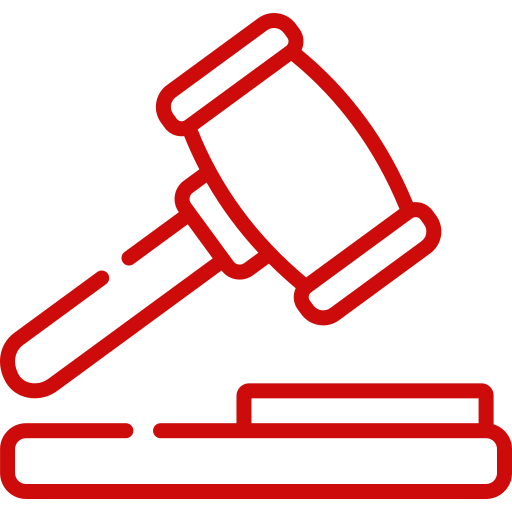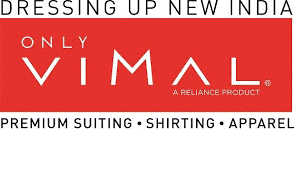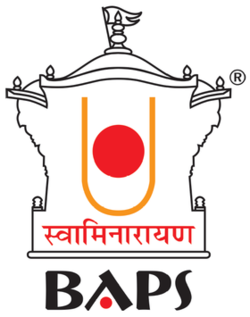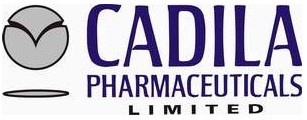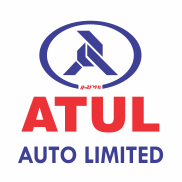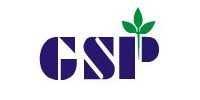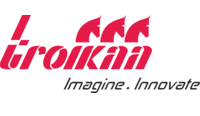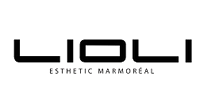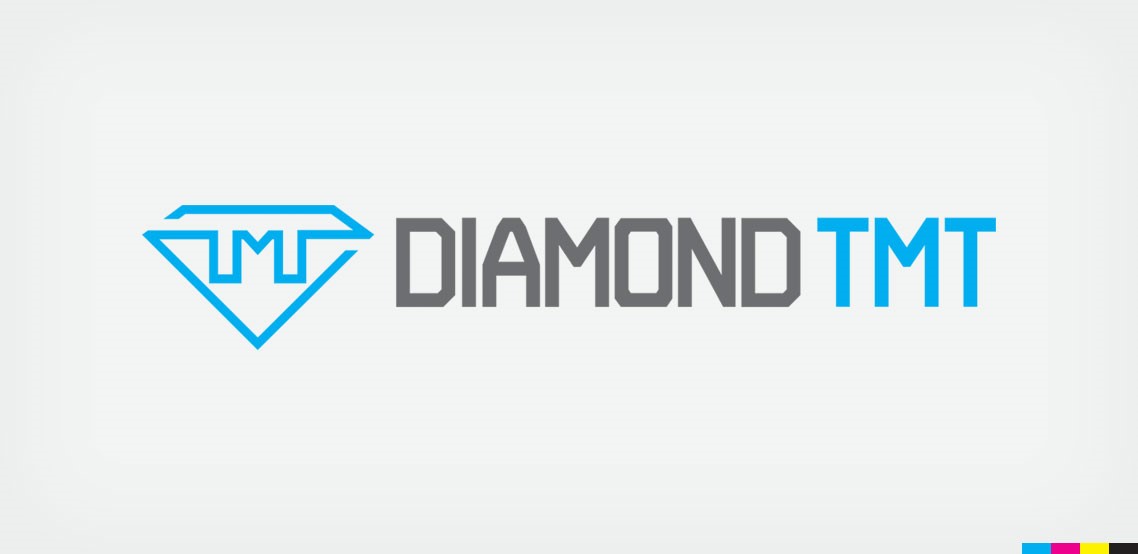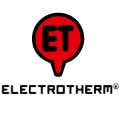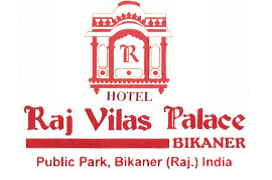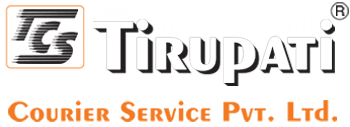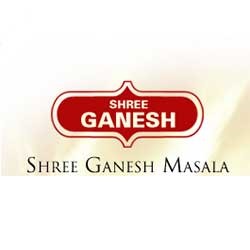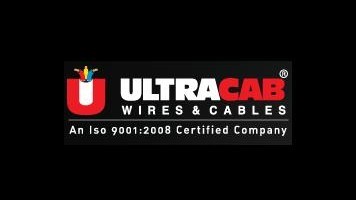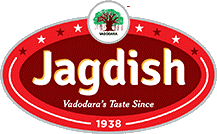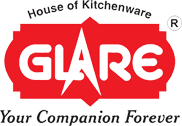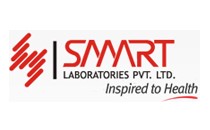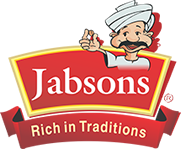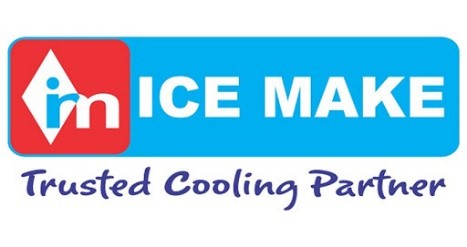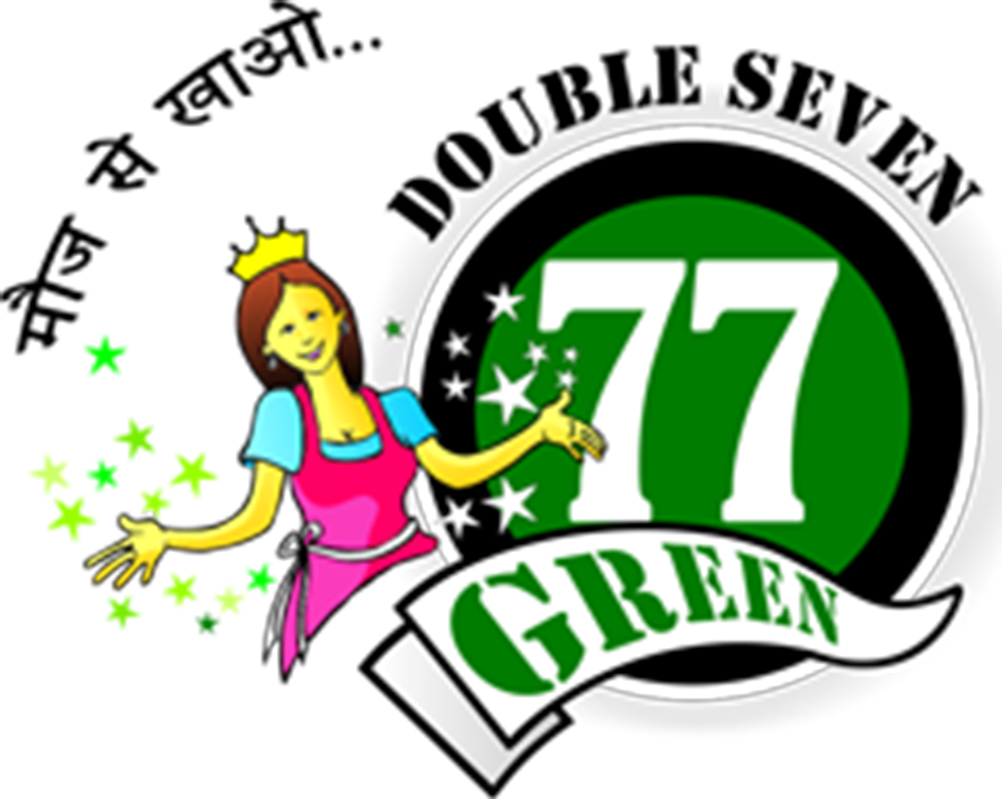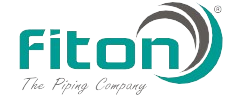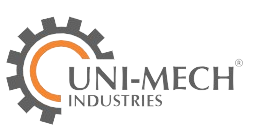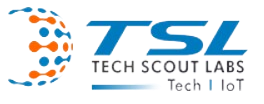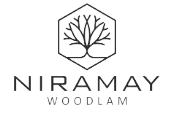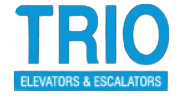Bayer Corporation vs. Union of India.
Citation: 162(2009) DLT 371
Decided on: 15.07.2014
Facts of the Case:
The petitioner is a corporation incorporated under the laws of United State of America (USA). Consequent to its research and development (R & D) activities the petitioner invented and developed its patented drug to enable its administration to human beings. The patented drug is used in the treatment of patients suffering from Kidney cancer i.e. Renal Cell Carcinoma (RCC) and liver cancer i.e. Hepatocellular Carcinoma (HCC). The aforesaid patented drug acts more as a palliative i.e. relieves patients from pain and to an extent also slow down the spread of cancer by restricting the speed with which the cancer cells grow.
The aforesaid invention of the patented drug was done in USA. The patented drug is for treatment of Cancer of RCC and HCC. However, as the people suffering in America from the aforesaid cancer of RCC and HCC are rare/few i.e. less than 2,00,000 patients, the patented drug is classifiable as ‘Orphan drug’ in U.S.A. On classification of the patented drug as “Orphan drug”, in U.S.A. 50% of the amount spent by the petitioner on research and development of the patented drug is reimbursed to the petitioner by the Government of U.S.A.
On the successful invention of the patented drug in 1999, the petitioner applied for a patent in U.S.A. Thereafter, on 12 January 2000 the petitioner applied for an international patent under the Patient Co-operation Treaty (PCT) and on 5 July 2001 applied in India for grant of the patent to the patented drug in India. On 3 March 2008 the office of the Controller granted the petitioner’s application dated 5 July 2001. This patent granted in India on 3 March 2008 corresponded to the patent granted to this patented drug in over 45 countries of the world.
As a consequence of being granted a patent, the petitioner had exclusive right to make/manufacture, use and sell the patented drug either by itself or through its licensee to the exclusion of all others for a period of 20 years from the date of its application. Thus, the petitioner had exclusive right to prevent third parties from making/manufacturing, using, selling or importing the patented drug in India without the petitioner’s permission/license. This license/permission is at most times voluntarily granted by a patent holder to any other party as a matter of its free will under a contract. However, Chapter XVI of the Act, inter alia, provides for grant of compulsory license to the applicant by the orders of the Controller from the patent holder. In terms of Section 84 of the Act after the expiration of 3 years from the grant of a patent, it is open to any person to apply to the Controller for grant of a Compulsory License from the original patent holder. Such an application for grant of Compulsory License would be granted by the Controller, if any, of the following circumstances with regard to the patented drug exist:-
i) Reasonable requirement of the public with regard to the patented invention is not being satisfied, or
ii) That the patented invention is not available to the public at the reasonably affordable price; or
iii) That the patented invention is not worked in the territory of India.
However a condition precedent for the grant of compulsory licence to any person making an application for it under Section 84 of the Act is the refusal and/or failure of the patent holder to grant the applicant a voluntary license. The aforesaid refusal by the patent holder to such an applicant must be in spite of applicant’s efforts to obtain the same.
On 6 December 2010 Natco-a drug manufacturer in India approached the petitioner for grant of voluntary license for the purpose of manufacturing and selling the patented drug in India. In its communication dated 6 December 2010, the petitioner sought a voluntary license to manufacture and sell in India the patented drug under its brand name at a price of less than Rs. 10,000/- per month of therapy as against the price of Rs. 2,80,428/- per month of therapy charged by the petitioner. The above voluntary licence was sought on such reasonable terms and conditions to be offered by the petitioner as would make the patented drug available to the public by Natco at an affordable price. In the above application for voluntary licenceNatco also stated the fact that the petitioner had not with regard to the patented drug met the reasonable requirement of public nor was it reasonably priced nor was it worked in the territory of India. By communication dated 27 December 2010, the petitioner rejected Natco’s application for grant of voluntary license to manufacture and sell the patented drug. However, the petitioner in its above communication dated 27 December 2010 left the issue open by asking Natco to approach them within 14 days in case they have anything further to add.
Thereafter, on 29 July 2011 i.e. after the expiry of three years from 3 March 2008, Natco applied to the controller for grant of Compulsory License under Section 84(1) of the Act. In its application, Natco pointed out that in respect of the patented drug belonging to the petitioner all the three conditions for the grant of Compulsory License were fulfilled/satisfied. It was also pointed out in the application that they proposed to sell the patented drug under its brand name at Rs. 8800/- per month of therapy. On a prima facie satisfaction of the applicant’s case for grant of compulsory licence, the Controller directed the application to be served upon the petitioner and also had the application published in the official journal. This would enable not only the patent holder i.e. the petitioner but also any other person interested in the issue an opportunity to oppose the application. This was in terms of Section 87 of the Act.
On 18 November 2011, the petitioner filed its opposition to the grant of Compulsory License to Natco before the Controller. Thereafter, a personal hearing was granted in respect of the application for Compulsory License filed on 29 July 2011 by Natco. On 9 March 2012, the Controller by his order allowed the application dated 29 July 2011 of Natco. By order dated 9 March 2012 of the Controller while granting compulsory licence to Natco to manufacture and sell the patented drug also directed it to pay to the petitioner royalty at 6% of its net sales of the patented drug under its brand name which was allowed to be sold at price of Rs. 8800/- for 120 tablets for a month of treatment. Besides, the grant of Compulsory License to Natco was non-exclusive, non-assignable and for the balance term of the patent.
Being aggrieved by the above order dated 9 March 2012 of the Controller, the petitioner preferred an appeal to the Tribunal and also sought a stay of the order dated 9 March 2012 till the disposal of its appeal. The Tribunal by its order dated 14 September 2012 rejected the petitioner’s application for stay of the order dated 9 March 2012 passed by the Controller. However, whilst rejecting the application for stay, the Tribunal directed that the appeal be listed for hearing at an early date.
On 4 March 2013 the Tribunal after hearing the parties, by the impugned order upheld the order dated 9 March 2012 of the Controller granting the Compulsory licence to Natco while increasing the royalty payable by Natco to the petitioner from 6 to 7% of the sales of the patented drug under its brand name. However, the Tribunal did not agree with the view of the Controller as reflected in order dated 9 March 2012 that working in India in terms of Section 84(1)(c) of the Act would only be satisfied if the patented drug is manufactured in India. The Tribunal in its order dated 4 March 2013 took a view that the requirement of working of the patented drug in India could also be satisfied by importing the patented drug on the patent holder satisfying the authorities under the Act that the manufacture of the patented drug was not possible in India. Therefore, it held that manufacture in India was not necessary in every case for satisfaction of Section 84(1)(c) of the Act. It held that the working in India would have to be decided on a case to case basis and there can be no general rule that when the products are imported into India and not manufactured, it follows that patented drugs is not being worked in the territory of India.
The aforesaid impugned order dated 4 March 2013 of the Tribunal into which has merged the order dated 9 March 2012 of the Controller is being challenged before us by the petitioner under Article 226 of the Constitution of India.
Issues and decision:
Patent – Grant of license – Did Applicant (Natco) make efforts to obtain voluntary licence from Patent holder –
Held, it was on basis of examination of evidence i.e. exchange of letters between parties in context of Section 84(6) of Patent Act, 1970 that both authorities concluded that effort was made by Applicant to obtain for voluntary licence. This concurrent finding of fact was based on appreciation of evidence before authorities. Petitioner’s response dated 27 December 2010 to Applicant’s request for a Voluntary licence very clearly recorded its refusal to grant voluntary licence to Applicant. So called window in Petitioner’s response for Applicant to approach was illusory as it was open only if Applicant had anything to add to application already made. Second condition precedent for consideration of application for compulsory licence namely an effort to obtain a voluntary licence had been satisfied by Applicant. Therefore, consideration of application by Applicant for grant of Compulsory Licence to Controller could not be faulted.
Patent – Reasonable requirement of public – Section 84(1) (a) of Patent Act, 1970 (Act) – Has reasonable requirements of public been satisfied –
Held, initial burden is admittedly on Applicant to make out a prima facie to satisfaction of Controller and only after that, Petitioner is required to establish with facts in its possession that, reasonable requirement of public is not satisfied. Question of reasonable requirement of public is to be determined on basis of evidence led by parties before authorities. Controller had examined issue of reasonable requirement of public for patented drug being satisfied on basis of figures given by Petitioner in affidavits of its Country Medical Director one Dr. Manish Garg dated 8th February, 2012. Above affidavit of Dr. Garg states that, about 4004 RCC patients would require patented drug while total number of HCC patients who would require patented drug would be another 4838 thus making it an aggregate of 8842 patients. As against above requirement, Petitioner had sold only 593 number of boxes i.e. supplied patented drug to about 200 patients in 2011. Controller in his order had found that if one adds patented drug supplied by Cipla i.e. 4686 packets total availability would be only for 5279 packets which even according to figures of Petitioner would not anywhere meet annual requirements of patients. Thus, reasonable requirement of public with regard to patented drug has not been satisfied. Reasonable requirement of public under Section 84(1)(a) of Act, was not satisfied even if one accepted figures of Petitioner.
Patent – Satisfaction of reasonable requirement test – Section 84 of Patent Act, 1970/Act – Whether supplies by infringers of patented drug is to be considered/taken into account to determine satisfaction of reasonable requirement test –
Held, infringer’s quantity of goods cannot be taken into account only because it could stop on any day. It is only where patent holder accepts infringer’s participation in market and in fact grants him de facto licence could infringer’s supplies be taken into account. Obligation to meet reasonable requirement of public is of patent holder alone either by itself or through its licensees. This is so as application for compulsory licence seeks a licence under Section 84 of Act from patent holder. Section 84(6) of Act, requires Controller while considering application for compulsory licence to consider measures taken by patent holder to make full use of patented invention. Petitioner in its Form 27 filed with Controller on yearly basis has not included Cipla’s sale of infringed patented drug as participating in meeting reasonable requirement of public. Section 84(7) of Act, provides a deeming fiction which deems that reasonable requirement of public is not satisfied, if demand for patented article is not met to an adequate extent. Hence there was no merit in Petitioner’s submission that, it had met reasonable requirement of public in respect of patented drug under Section 84(1)(a) of Act.
Patent – Availability of patented drug at reasonable price – Sections 84(1)(a) and 84(1)(b) of Patent Act, 1970/Act – Was patented drug available to general public at reasonably affordable price –
Held, where a poor patient is unable to access medicine because of price, then same is made available to poor patient concerned on reasonable terms i.e. adoption of PAP price. In such a case, reasonable requirement of public with regard to patented drug had been satisfied. Concept of dual pricing such as PAP would be available while applying Section 84(1)(a) of Act and not while applying Section 84(1)(b) of Act. Patented drug was not available to the public at reasonably affordable price. Thus, attracting Section 84(1)(b) of Act to present facts.
Patent – Interpretation of proviso – Section 84(7) and 83 of Patent Act, 1970/Act – Has Patented Drug been worked in territory of India –
Held, words ‘manufacture in India’ under erstwhile Section 90 of Act, have been omitted and have not been introduced in Section 84(7) of Act, while dealing with issue of reasonable requirement of public being deemed not to be satisfied. When a patent holder is faced with an application for Compulsory License, it is for patent holder to show that, patented invention/drug is worked in territory of India by manufacture or otherwise. Manufacture in all cases may not be necessary to establish working in India as held by Tribunal. However, patent holder would nevertheless have to satisfy authorities under Act as to why patented invention was not being manufactured in India keeping in view Section 83 of Act. This could be for diverse reasons but it would be for patent holder to establish those reasons which makes it impossible/prohibitive for it to manufacture patented drug in India. However, where a patent holder satisfied authorities, reason why patented invention could not be manufactured in India then patented invention could be considered as having been worked in territory in India even by import. This satisfaction of authorities was necessary particularly when Petitioner admittedly had manufacturing facilities in India. In such circumstances, contention of Union of India that ‘worked in India’ must in all cases mean only manufactured in India is not acceptable.
Patent – Adjournment of application – Section 86 of Patent Act, 1970 (Act) – Whether application for compulsory licence ought to have been adjourned by Controller –
Held, Section 86 of Act, which provides for adjourning application for compulsory licence has to essentially satisfy two conditions which are as follows:- a) time which has lapsed since patent was granted and when an application for compulsory licence was made was insufficient to enable patent holder to work patented drug in India on a commercial scale; and b) Patent holder should have taken steps towards working patented drug in India on a commercial scale with promptitude. In present case, Petitioner was granted patent in India in 2008. Petitioner also had manufacturing facilities available in India. Petitioner had led no evidence before authorities to indicate what steps they had taken and with what promptitude same had been taken for purposes of working patent in India after 2008. Patent holder i.e. Petitioner had led no evidence before authorities in support of its submission that application for compulsory licence should be adjourned in view of Petitioner satisfying requirement of Section 86 of Act. In such circumstances, no fault with order of Controller refusing to adjourn application for compulsory licence.
Patent – Grant of compulsory licence – Section 90 of Patent Act, 1970 (Act) – Whether grant of compulsory licence to Applicant has been done without proper application of Section 90 of Act –
Held, Section 90 of Act, provides that while settling terms and conditions of compulsory licence, Controller has to ensure that royalty and other remuneration, if any, paid to patent holder should be such as would reasonably cover expenses incurred by patent holder in making and/or developing and/or maintaining patented invention. Controller in impugned order provided that, royalty be paid at 6% of net sales made by Applicant. This royalty was fixed keeping in view fact that Petitioner had led no evidence to show expenses incurred by it to invent patented drug. Besides, globally it had been recorded by Controller that United Nation Development Programme specifically recommended that, normal rate of royalty should be 4% which had been further adjusted to 6% of net sale by Controller. As against above that, Tribunal has increased royalty from 6 to 7% of net sales by Applicant. Petitioner had not been able to show in what manner royalty fixed at 7% is inadequate particularly as Petitioner had led no evidence of cost incurred by it to develop patented drug. Hence there was no reason to interfere with royalty being fixed at 7% of net sale of Applicant in respect of patented drug. No reason to interfere with orders of Controller and Tribunal respectively granting compulsory licence under Section 84 of Act to Applicant. Petition dismissed.
